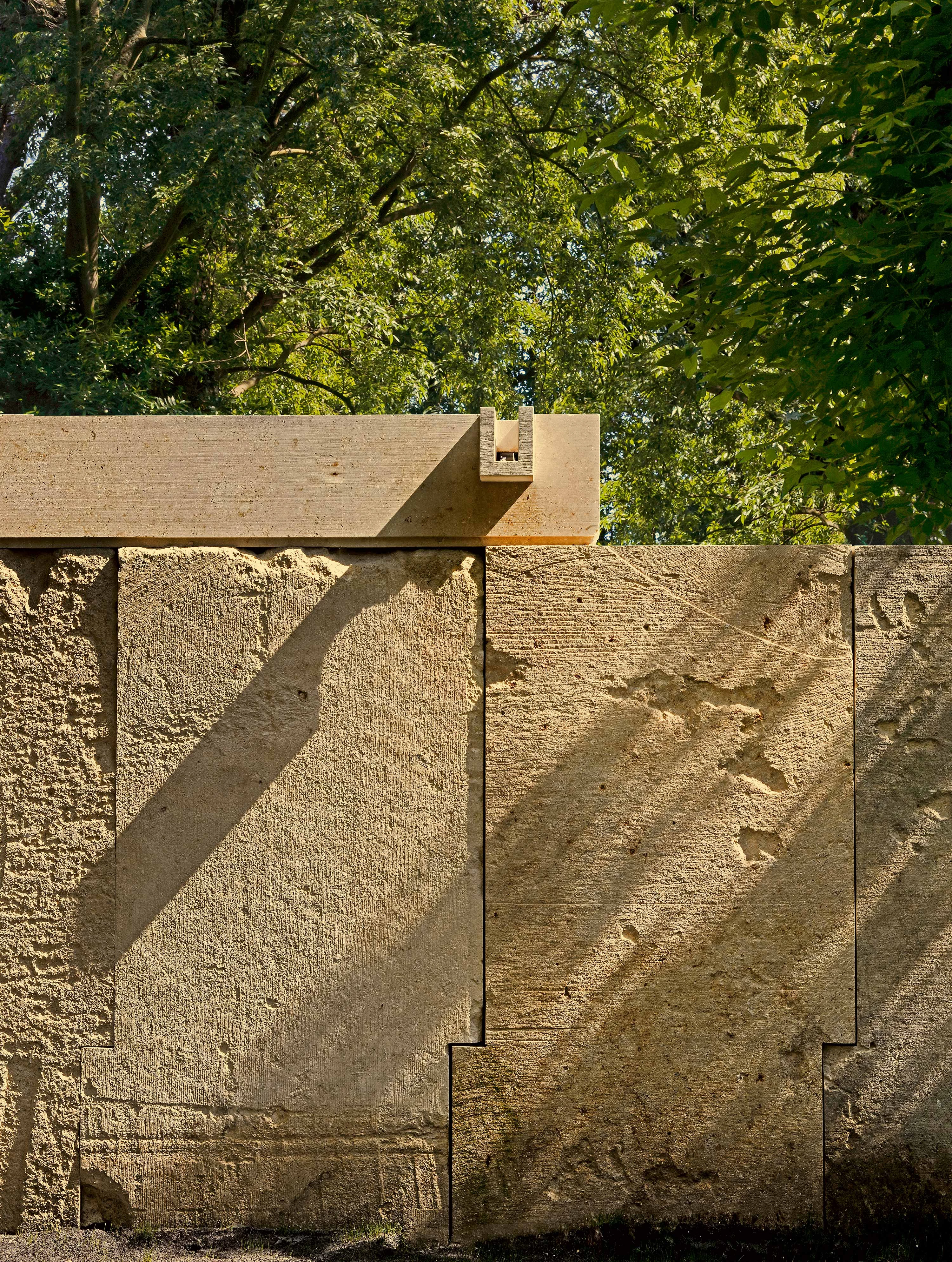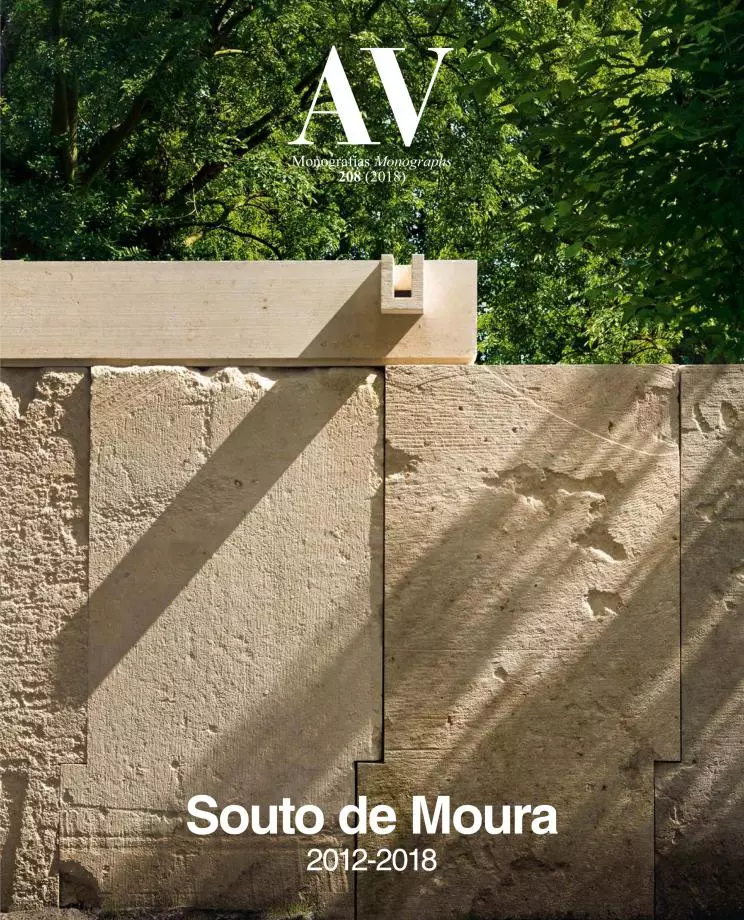Memory and Matter

The work of Eduardo Souto de Moura is traversed by two axes at the intersection of which crystallize the exact forms of this demanding architecture: memory, nourished by the wide culture brought by travel and reading, but also deposited on the traces of territories and the already built; and matter, present in the geology of landscapes or the archaeology of cities, but equally affecting the technical constraints and the tangible residues of biographical experience. Memory and matter are reflected on their mutual mirrors or entangled in their simultaneous growth, and in those fertile overlaps of images and roots emerges a cerebral and sensual architecture, rigorous in its geometry and free in its language, timeless in its concern for continuity and contemporary in its endeavor to embrace the present.
In an earlier monograph I proposed the terms melancholy and metaphysics to define the spirit of the Porto architect, but both converge with the words used here to conceptually geolocate his work, like coordinates that mark the precise place where ideas meet forms. Melancholy demands memory, because the awareness of the passage of time threads nostalgias and recollections, building sensibility on the personal or shared narratives, so that a melancholic amnesiac seems inconceivable; and metaphysics can only be built on the materiality of physics, the precision of geometry, and the abstract rigor of the laws of nature, in order to gather the emotion of the tactile and the shiver of thought. The melancholy of Souto de Moura is not forgetful, nor is his metaphysics immaterial.
The tears and laughs of theater masks abridge the classical opposition between Heraclitus, who deplores the fleetingness of time, and Democritus, who celebrates the permanence of the physical, separating what architecture reconciles, memory and matter. If the Plato of the Symposium wrote that ‘beauty is the splendor of truth,’ here beauty is the splendor of sensibility and intelligence, the splendor of memory and matter condensed in details. Evoking the dazzling intuition of William Blake, these works offer us the world in a grain of sand and a heaven in a wild flower, because it holds infinity in the palm of its hand, and eternity in an hour. The Vatican and Venetian chapel that marks this journey’s end gathers memory and matter in the tiniest fragment, a grain of sand that contains a world and holds eternity in an hour.
Luis Fernández-Galiano
[+]






